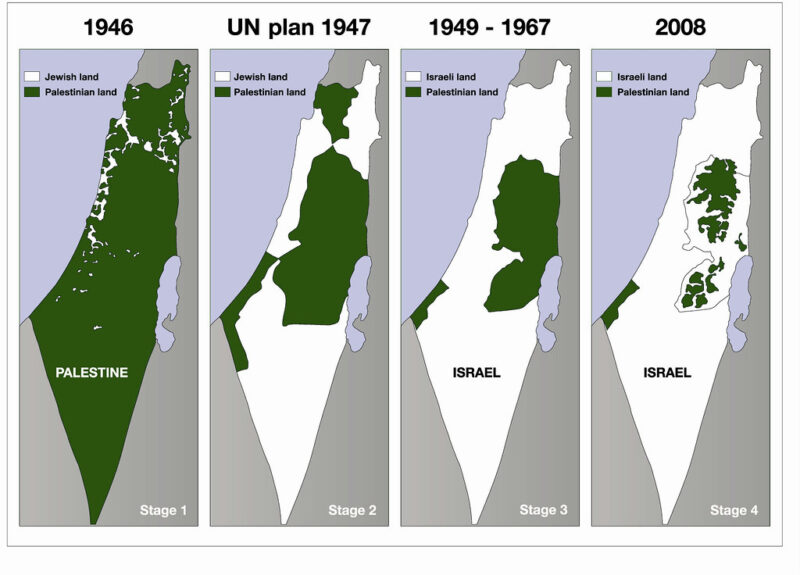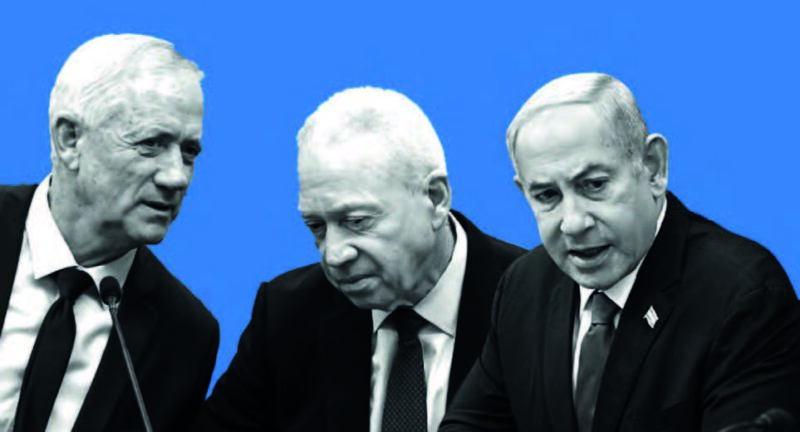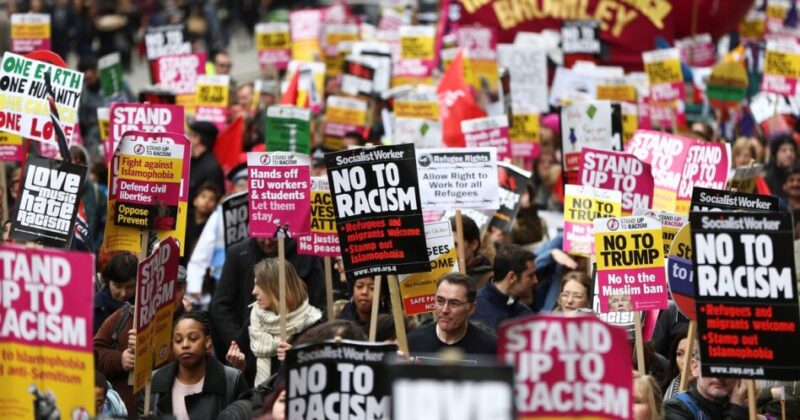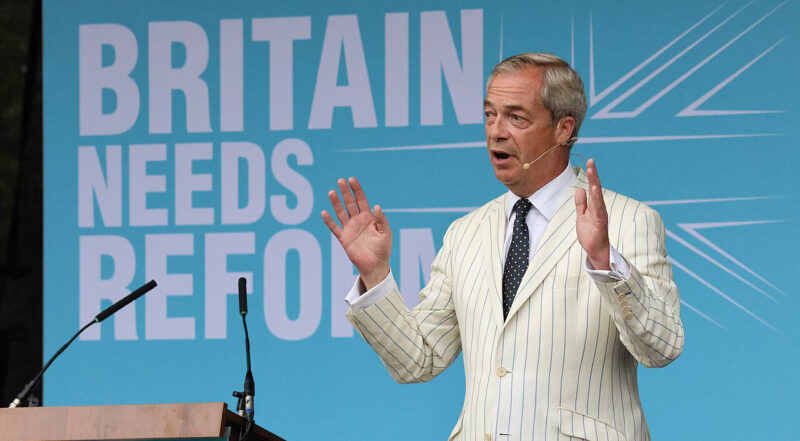South Africa: Marikana massacre exposes the betrayal of the ANC
South African state prosecutors tried to charge 270 miners with the murder of 34 of their fellow workers. To do this it used a piece of Apartheid law called “common purpose”, which was designed to prosecute enemies of the white supremacist state, who were often ANC members. Keith Spencer writes
 The miners were actually shot dead by the South African police – in the worst massacre in the country since the fall of Apartheid in 1994. The outrage was caught on film; there is no denying that police killed the 34 miners and wounded many more. The initial claims that the police were under attack by armed strikers has been exposed as a lie.
The miners were actually shot dead by the South African police – in the worst massacre in the country since the fall of Apartheid in 1994. The outrage was caught on film; there is no denying that police killed the 34 miners and wounded many more. The initial claims that the police were under attack by armed strikers has been exposed as a lie.
Outrage at the charges has led to their being dropped. But the police who actually killed the miners have not been charged.
Massacre at the Marikana mine
A rash of strikes have erupted in mines demanding improved pay and conditions of work.
The miners at Marikana had been on strike demanding a wage rise from 4,000 rand a month to 12,500 (about £1,000) at the Marikana platinum mine, owned by the London-based Lonmin mining company. The price of platinum has soared by about 400 per cent in the past decade but miners’ wages have stagnated.
The ANC government has done nothing about successive complaints over pay and conditions. Also, the National Union of Mineworkers (NUM), which organises about a third of the workers at the mine, has been accused of being in league with the bosses and of intimidating activists. The NUM is part of the union federation Cosatu, which in turn supports the ANC government.
One striker told the New York Times: “NUM has deserted us… it is working with the white people and getting money. They forgot about the workers.”
In order to pursue their claim, a third of the miners joined a breakaway union, the Association of Mineworkers and Construction Union (AMCU).
The strike lasted for a week before the massacre on the 16 August. Lonmin did a deal with the NUM, which then urged strikers to return back to work.
On the day of the massacre, 3,000 miners from both unions were picketing the mine as Lonmin had just reneged on a deal that would have ended the dispute. The police, clearly intent on breaking the strike, fired rubber bullets, teargas and water cannon into the strikers and tried to force them into a barbed wire compound.
Strikers resisted, some armed with sticks and machetes for self-defence, and the massacre occurred. The South African website Daily Maverick alleges that the police shot many as they fled or hid, and killed others by driving over them in vehicles.
The NUM leadership defended the police. “The police were patient, but these people were extremely armed with dangerous weapons,” said general secretary Frans Beleni.
The government and most of the media have followed the NUM in shifting the blame for the deaths on militant miners and the AMCU.
The regional South African Communist Party even called for the arrest of the AMCU leadership and a “presidential investigation” into the union’s “anarchic” activities.
The ANC’s betrayal
The massacre exposes all what is wrong with the ANC and the union leaders.
For years, the top ranks of the government enriched themselves while the mass of the population continue to live in poverty. Leaders such as Thabo Mbeki and Jacob Zuma have pursued neoliberal policies of deregulation and privatisation, doing nothing to implement the ANC’s slogans of “A Better Life for All” and “Black Empowerment” – except for themselves.
Cyril Ramophosa was the leader of the NUM in the late 1980s when it led 300,000 workers on strike against Apartheid. Now he is a multi-millionaire, sits on the leadership of the ANC and on the board of directors of Lonmin.
Another mine, Aurora – which still owes its workers compensation after going into liquidation – was jointly owned by president Zuma’s nephew and Nelson Mandela’s grandson.
One senior member of AMCU told the New York Times: “We made the ANC what it is today, but they have no time for us. Nothing has changed, only the people on top, and they just keep getting more money.”
The ANC led the struggle to overthrow Apartheid. The mass “stayaways” of the black trade unions grouped in Cosatu made the racist state unviable. But the South African Communist Party with its Stalinist theory of two-staged revolution determined the strategy of the movement as Apartheid collapsed: get rid of Apartheid first and then achieve socialism at a much later stage.
As a result ANC presidents and governments from Nelson Mandela to Jacob Zuma haven’t challenged the power of big capital to exploit the South African economy nor have they brought about a more equitable society.
What is needed is a new party, made up of the rank and file union activists, the anti-privatisation groups and community organisations. It needs to fight for the unions to break from the ANC, for picket line defence, and better housing, education, welfare and social services. But at its core must be the fight for revolutionary socialism to overthrow the capitalist state and deliver the South African workers and poor from exploitation.






